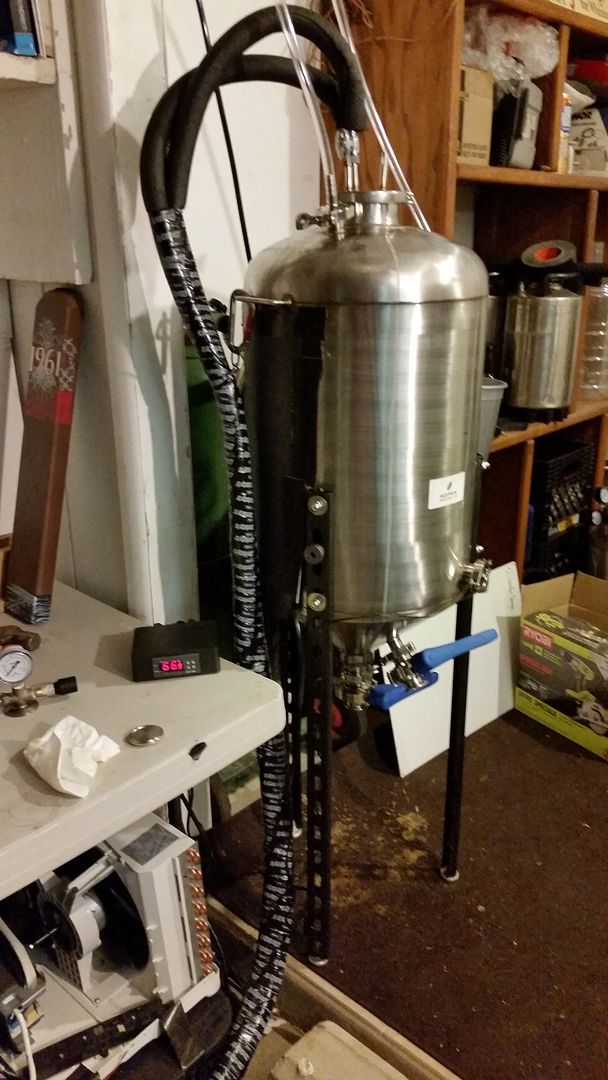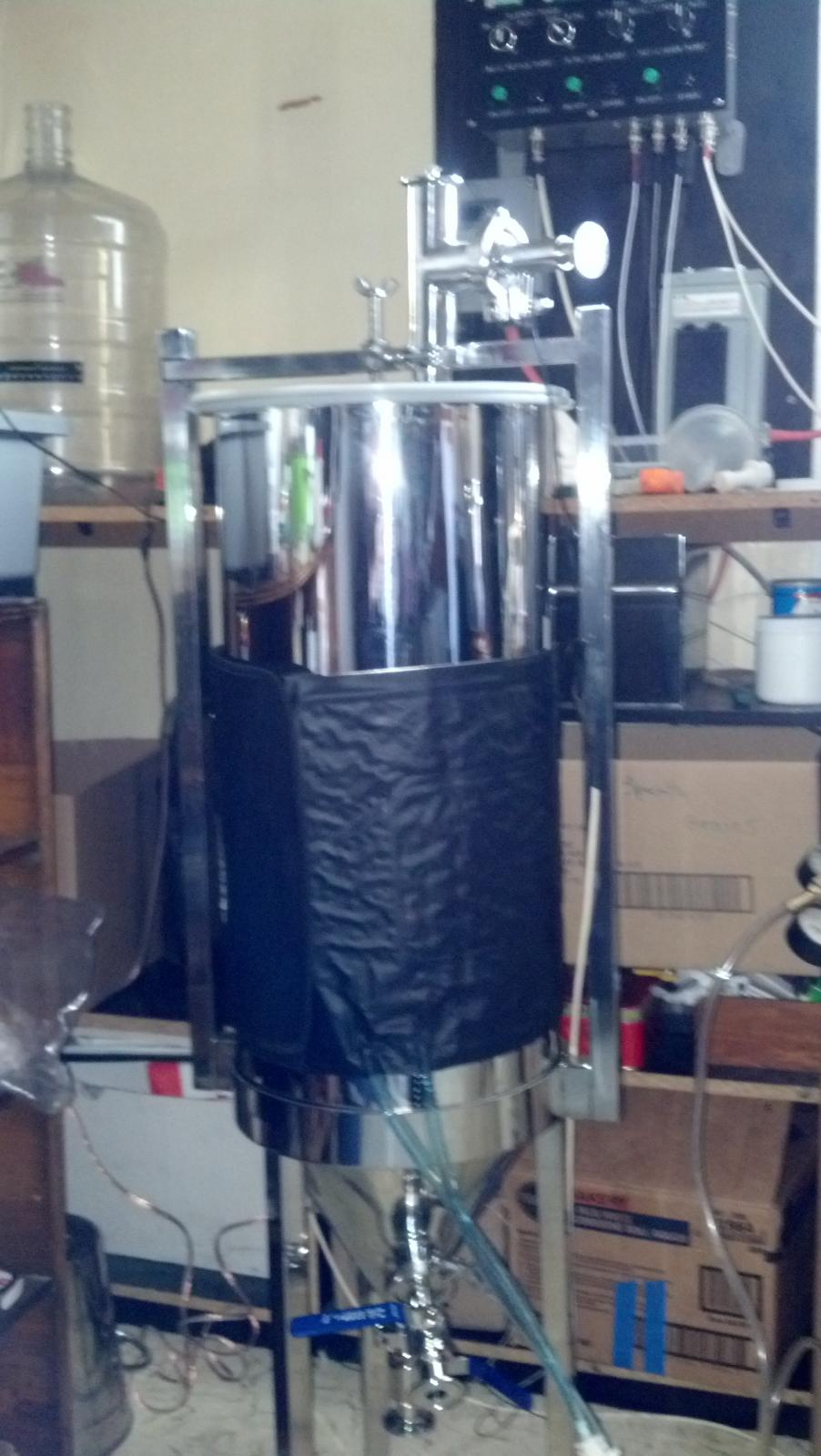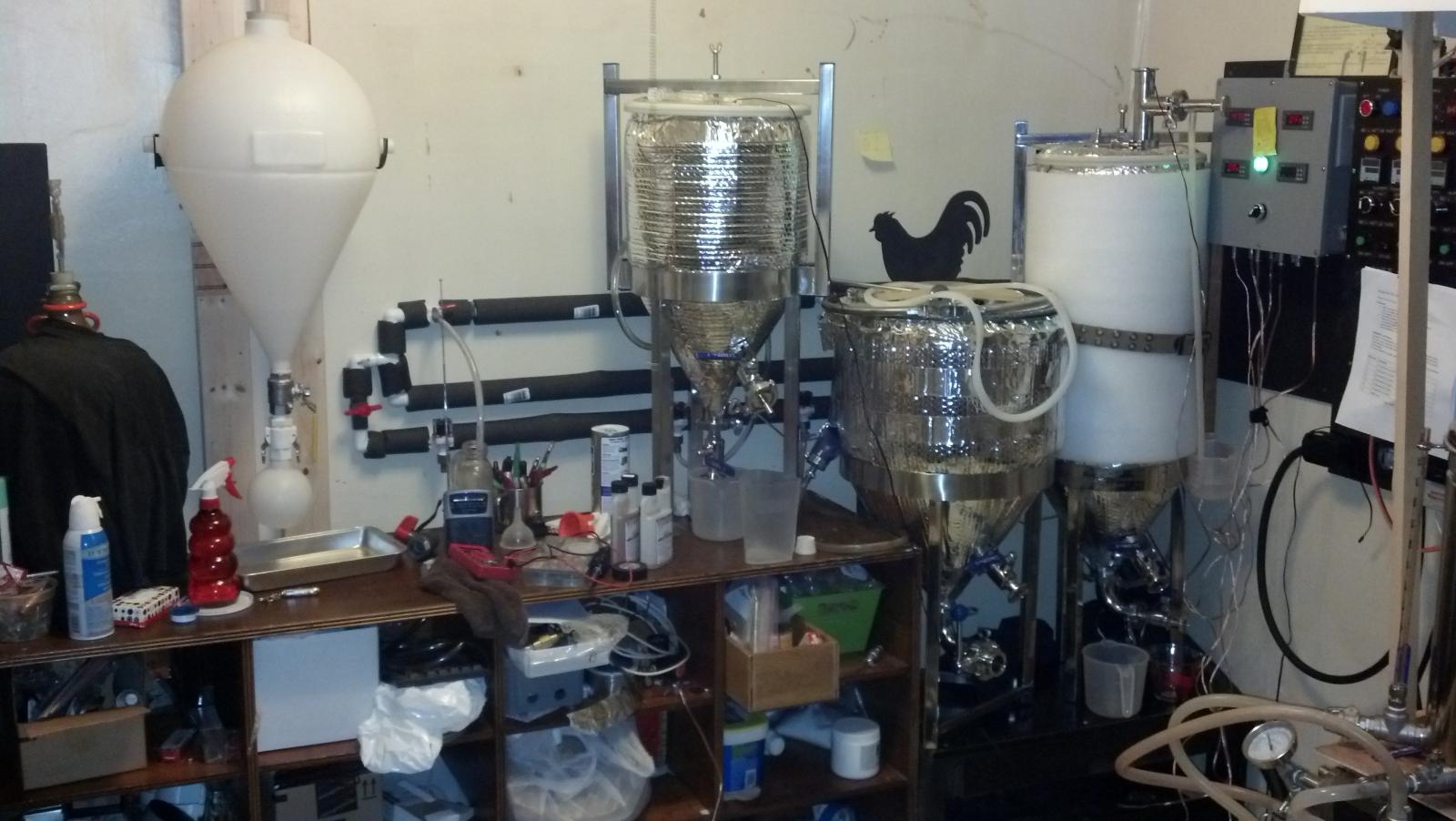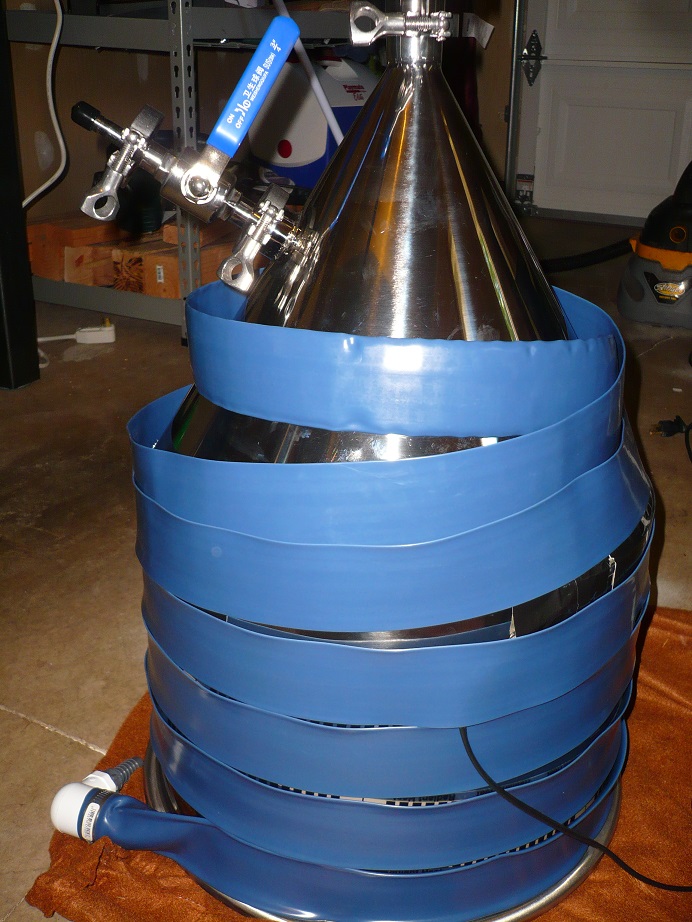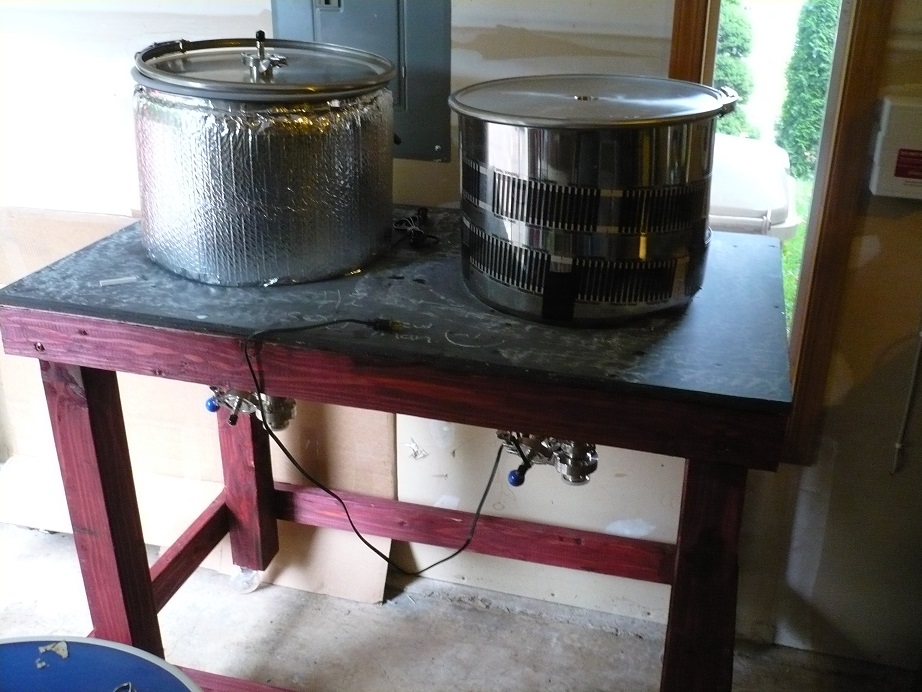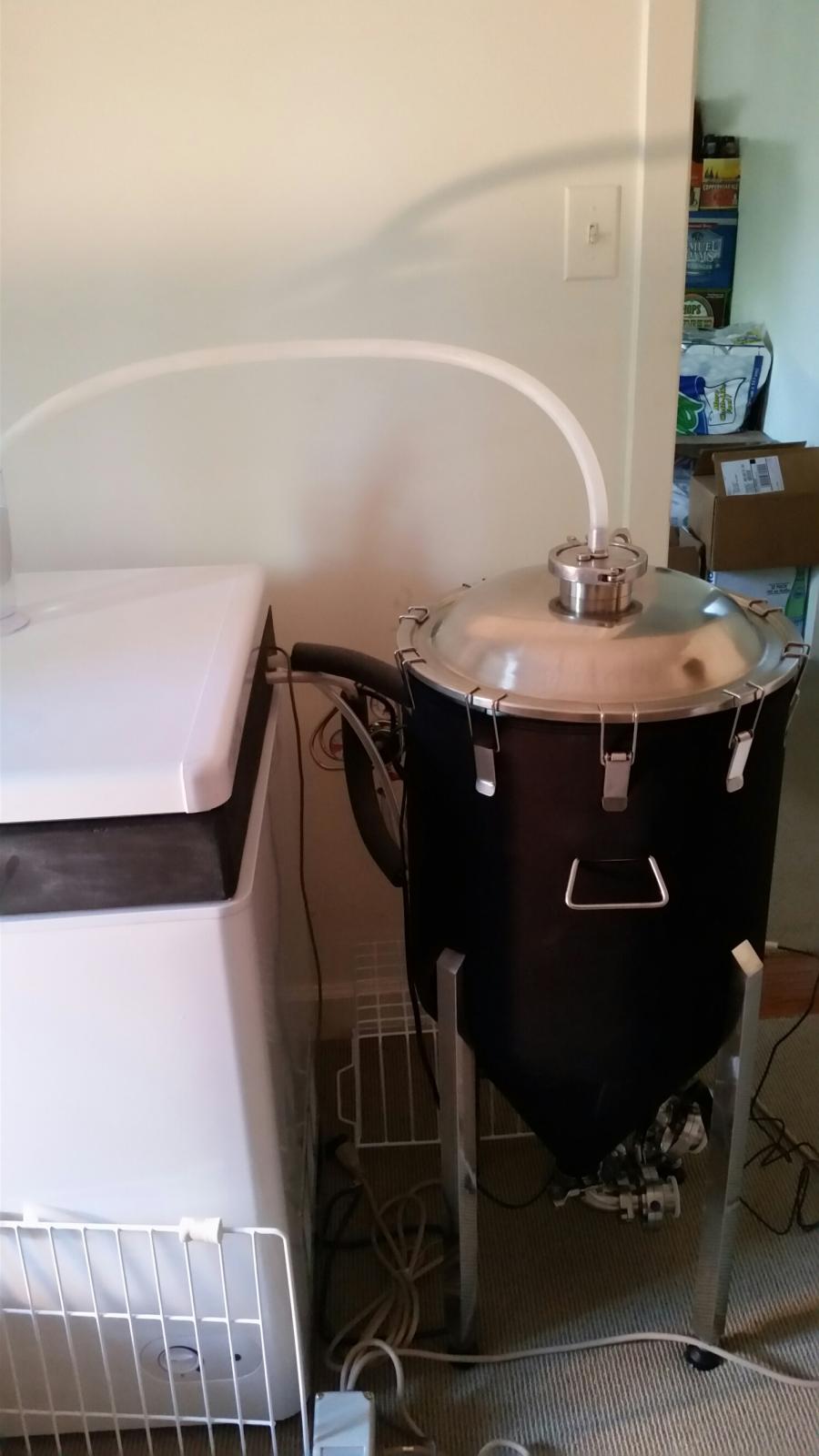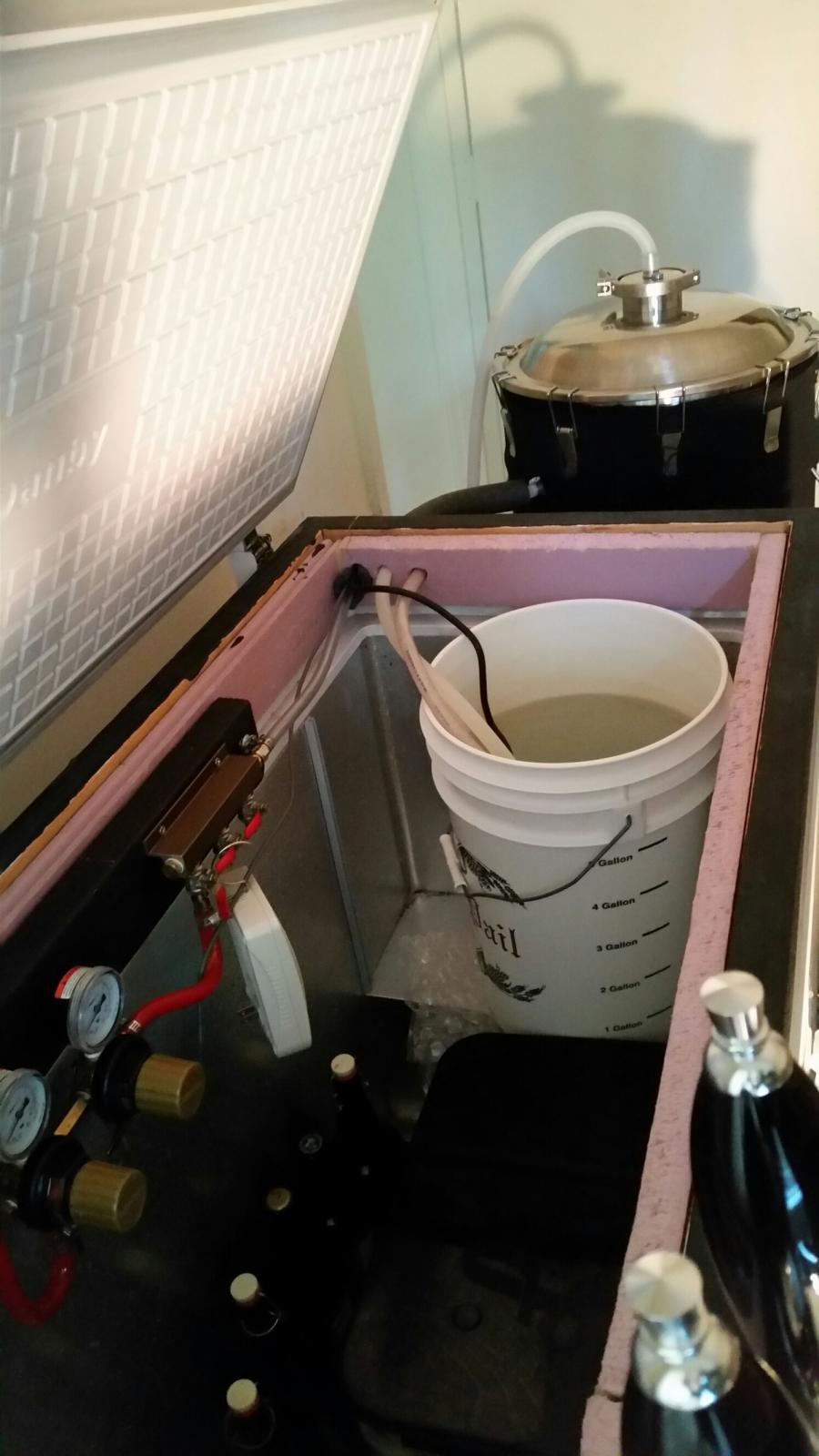I have been thinking about getting a conical fermenter and so recently asked a question about using my large keezer to cool a ferm chamber.
But I saw on Stout's website that they have a peltier approach that seems to eliminate the need for a chamber. Anyone used those?
Fermwrap can only heat. I assume giycol can be used for both heating and cooiing.
Would iove to hear ppls thoughts on when to use which approach. I am in Maryland where we get cold and hot so need to be able to control in both directions.
But I saw on Stout's website that they have a peltier approach that seems to eliminate the need for a chamber. Anyone used those?
Fermwrap can only heat. I assume giycol can be used for both heating and cooiing.
Would iove to hear ppls thoughts on when to use which approach. I am in Maryland where we get cold and hot so need to be able to control in both directions.



